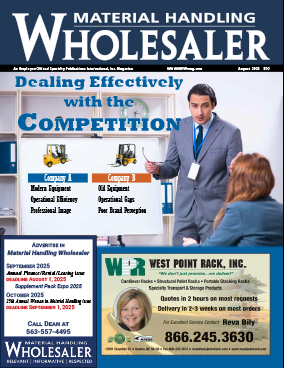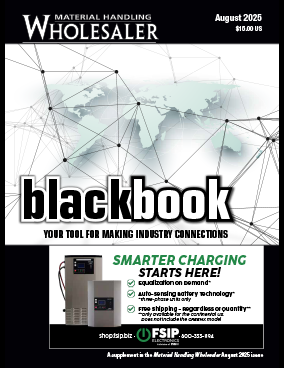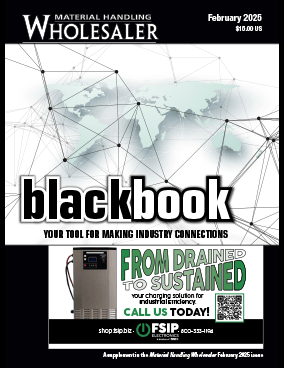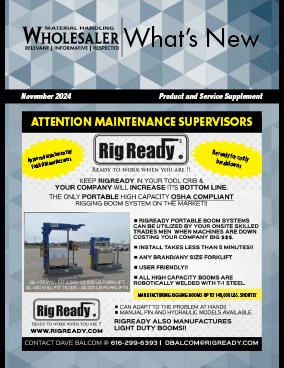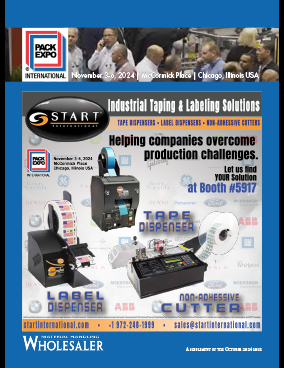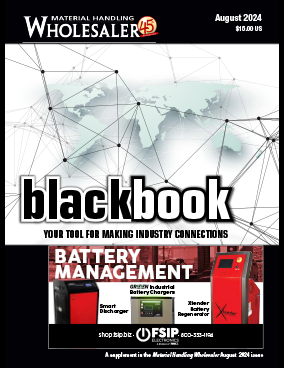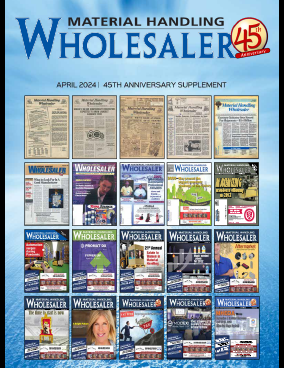I talked with Jim Margner (my state and local tax expert), who prepared notes for the Illinois Equipment Dealers Association presentation. I attended one of Jim’s prior sessions for this group, and he did a very nice job related to a highly complex topic.
Illinois changed the rental equipment use tax collected when rental equipment is purchased to one based on rental billings starting January 1, 2025. The tax is not only based on rental billing but also on rental rates for the city where the equipment is being used. In other words, rental coordinators must have access to a rental rate list by city or town to estimate or prepare a billing invoice.
As we discussed the potential problems associated with a rental tax using various rates, I started thinking how tariffs could complicate matters even more. Since rental rates are related to the cost of equipment, one must assume a unit that generates a tariff will have a different rental rate than a similar unit without a tariff. On the other hand, it could be tough to explain to a customer why one unit’s rate is 50-100% higher than that of a similar unit.
So, based on this discussion with Jim, I decided to prepare a discussion paper this month to help you understand how tariffs will impact your financial statements and cash flow. After just playing around with this topic for 30 minutes or so, I came up with about 20 questions and a transaction tree to demonstrate options dealers must account for regarding tariffs. And from what I can tell, it will be very easy to mess up your financial and cash flow if tariff purchases are material.
ACCOUNTING FOR TARIFF ON EQUIPMENT PURCHASES
When a U.S. company purchases equipment from a Chinese vendor with a 50% tariff, the tariff impacts the overall cost of the equipment. The tariff is included in the equipment’s purchase price and capitalized on the Balance Sheet for accounting purposes. This increased capital cost is then depreciated using your standard book depreciation rate.
The immediate cash outflow includes the purchase price plus the tariff, representing a significant financial commitment compared to a pre-tariff transaction.
IMPACT ON EQUIPMENT RENTAL TRANSACTIONS
For equipment rental transactions, the 50% tariff increases the cost basis of the rental equipment, affecting rental pricing. Higher acquisition costs necessitate higher rental rates to maintain profitability on the “tariff” units. Dollar utilization is typically profitable in the 35-40% range. 35% of $100,000 is quite a bit different from a similar unit costing $150,000.
And the issues do not stop there.
What about financing that $150,000 unit? What would the OLV (Orderly Liquidation Value) be on such a unit? But no matter how you slice it, a dealer must recover cost plus profit or risk damaging financial performance metrics. Do not forget that the interest cost of financing tariff units will be 50% higher than financing a non-tariff unit.
Also, consider any cost increases related to parts purchases with a tariff tagged on to them.
Another issue that blew me away was the pricing for rent-to-sell units and the potential higher parts costs incurred to maintain the unit before any purchase occurs. Good luck explaining this type of deal.
CASH FLOW
- Additional tariff cost before the unit can be released to the buyer.
- Additional maintenance costs if parts are subject to tariffs.
- Higher interest cost for both inventory and rental units.
- Higher potential sales proceeds from both new and used rental units.
- Lower department margins if the cost of tariffs is not covered by sales prices that ensure profitability.
MY THOUGHTS
- Avoid tariff purchases.
- Buy used units to support the rental fleet.
- Avoid RTS transactions using tariff units.
- Find ways to recover the tariff tax to avoid a cash crunch.
- Refurbished customer units instead of selling new tariff units to them.
- Watch the time between when the tariff is paid and subsequent cash receipts from sales.
- Adjust budgets and cash flow models as tariff units and transactions increase.
Business Owner and department heads:
GET A HANDLE ON THIS ASAP OR OUTSOURCE AS NECESSARY. The tariffs will eat into your equity position if you take a wrong turn.
About the Columnist:
Garry Bartecki is a CPA and MBA with GB Financial Services LLC, and a Wholesaler columnist since August 1993. E-mail editorial@mhwmag.com to contact Garry.




